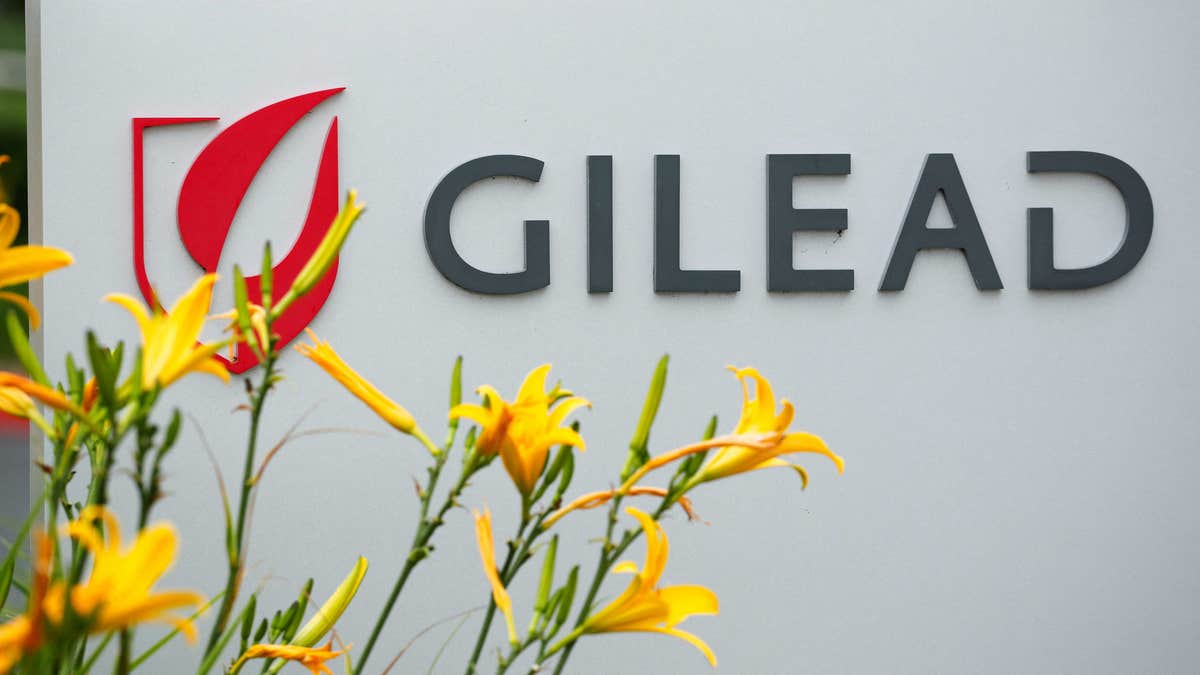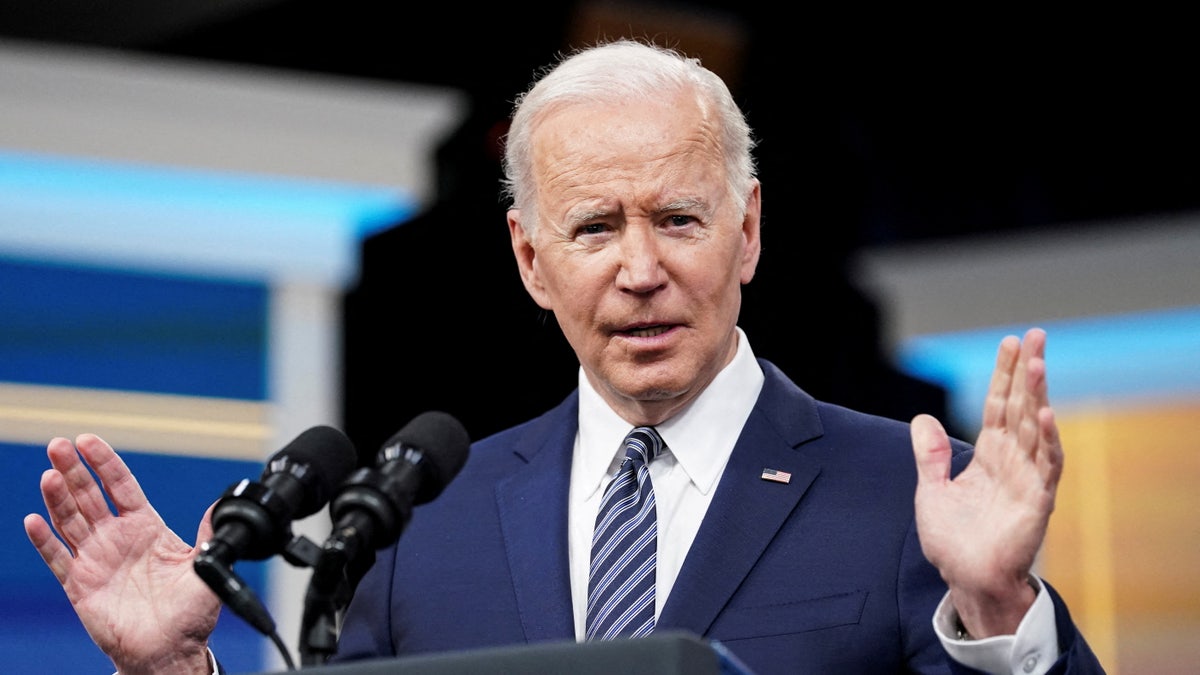Cancer centers are dealing with shortage of popular chemo drugs
Experts say the issue will likely get worse before improving. We talked with a cancer patient and a doctor about the problem.
The American healthcare system is broken. Despite spending twice as much per capita on healthcare as the people of any other nation, nearly $13,000 per person, we have 85 million Americans who are uninsured or underinsured and more than 500,000 households who go bankrupt each year because of medically related bills.
Further, while insurance companies make tens of billions a year in profits, we have a major shortage of doctors, nurses, dentists and mental health practitioners. Even with decent insurance it is increasingly difficult for many patients to arrange timely visits with their doctors.
One of the reasons that our healthcare system is so broken and expensive is the outrageously high cost of prescription drugs. In the United States we pay, by far, the highest prices in the world for prescription drugs. Here are just a few examples of what we pay compared to other countries:
AMERICAN MEDICAL ASSOCIATION ADOPTS NEW POLICY ON HEALTHY WEIGHT ASSESSMENT
Novo Nordisk is charging Americans with diabetes $12,000 for Ozempic while the exact same drug can be purchased for just $2,000 in Canada.

Novo Nordisk charges patients with diabetes $12,000 for Ozempic or about six times what the drug can be purchased for in Canada. (iStock)
Eli Lilly is charging the American people nearly $200,000 for Cyramza to treat stomach cancer – a drug that can be purchased in Germany for just $54,000.
Sanofi is charging America over $200,000 for Caprelsa to treat thyroid cancer – a drug that can be purchased in France for just $30,000.
Gilead is charging Americans with non-Hodgkin's lymphoma $424,000 for Yescarta – a therapy that can be purchased in Japan for just $212,000.
Even more disturbing is the reality that over half of the new drugs coming onto the market today cost more than $220,000, while a number of them actually cost over $1 million.
While 85% of foundational cancer research is funded by U.S. taxpayers, the median cost of new cancer drugs has gone up by more than 300% over the past decade.
Here are the costs of some new drugs:
Hemgenix, a gene therapy to treat a rare blood disease was approved last year with a price tag of $3.5 million – making it the most expensive drug in world history.
Luxturna, a therapy to treat retinal disease was approved by the FDA in 2017 with a price tag of $850,000.

Gilead's non-Hodgkin's lymphoma treatment costs $424,000 for Yescarta – which is double what it costs in Japan. (REUTERS/Mike Blake/File Photo/File Photo)
Myalept, a therapy to treat leptin deficiency is now being sold in the U.S. at a price of $1.9 million after the FDA approved it in 2014.
The high cost of prescription drugs leads to higher health care costs by driving up hospital bills and insurance costs. It also increases Medicare premiums and threatens the very solvency of that program as Medicare is forced to pay the sky-high prices that the drug companies demand.
Further, with one out of four Americans unable to afford the prescriptions their doctors prescribe, many of our people become sicker than they should and far too many have died unnecessarily.
At a time, when 10 of the top pharmaceutical companies made over $112 billion in profits last year, why do we continue paying the highest prices in the world for prescription drugs?
That’s not hard to understand. Follow the money. The pharmaceutical industry is one of the most powerful political forces in America. In a Congress of 100 senators and 435 members of the House, the pharmaceutical industry has more than 1,800 well-paid lobbyists on Capitol Hill. These include former leaders of the Democratic and Republican parties.
Last year alone the drug companies spent over $375 million to lobby Congress. Further, over the last 25 years, the pharmaceutical industry has made massive amounts of campaign contributions to both political parties and almost every member of Congress. With unlimited financial resources they are also able to spend billions on TV and print advertising.
And what is the result of all that political power? With very few exceptions the drug companies are totally unregulated. They can set their prices to any level for any reason they want. And they do!
While the recently passed Inflation Reduction Act takes some very modest steps forward, it is clear that we have to do much more.
The high cost of prescription drugs leads to higher health care costs by driving up hospital bills and insurance costs. It also increases Medicare premiums and threatens the very solvency of that program as Medicare is forced to pay the sky-high prices that the drug companies demand.
Let me briefly mention some of what the Health, Education, Labor and Pensions (HELP) Committee, which I now chair, has been doing in the last few months to address this crisis.
In February, the HELP Committee launched an investigation into the greed of the pharmaceutical industry and the excessive compensation packages they pay their CEOs. We found that in 2021, while hundreds of thousands of Americans died from COVID-19, 50 drug company executives in just ten companies made $1.9 billion in total compensation and are in line to receive up to $2.8 billion in golden parachutes once they leave their companies.
In March, the HELP Committee held a hearing on the absurdity of Moderna quadrupling the price of its COVID-19 vaccine to $130 after receiving $12 billion in taxpayer funding from the federal government.
While Moderna has refused to lower the outrageous price of this vaccine, it has committed to making sure that every uninsured American will be able to receive it for free at pharmacies throughout the country.

Sen. Bernie Sanders told President Joe Biden (pictured above) that he would oppose any new federal health care agency nominees until the president releases a plan to cut prescription drug prices. (REUTERS/Kevin Lamarque/File Photo)
That same month I asked the Biden administration to reconsider its decision to reject a petition from cancer patients to substantially lower the price of the prostate cancer drug Xtandi by allowing companies to manufacture generic versions of it at a much lower price. This is a drug that was invented with taxpayer dollars by scientists at UCLA and can be purchased in Canada for one-fifth the U.S. price.
In May, the HELP Committee held a hearing on the need to make insulin affordable to every American who needs it. At this hearing, the CEO of Eli Lilly pledged that his company would not increase the price of its existing insulin products after announcing that it would charge just $25 for Lispro and would cut the price of Humalog and Humulin by 70% by the end of the year.
A few weeks later, the HELP Committee voted overwhelmingly to pass four pieces of legislation to make low-cost generic prescription drugs more available to the American people and to crack down on the greed of pharmacy benefit managers who increased their profits by 483% over the last decade to $27.5 billion.
This month, the HELP Committee released a report finding that half of prescription drugs invented with the assistance of the National Institutes of Health (NIH) now cost over $111,000. In other words, despite taxpayers funding the research for many drugs we are still forced to pay outrageously high prices.
Further, while insurance companies make tens of billions a year in profits, we have a major shortage of doctors, nurses, dentists and mental health practitioners. Even with decent insurance it is increasingly difficult for many patients to arrange timely visits with their doctors.
Importantly, this report recommended that the NIH reinstate and expand a requirement that pharmaceutical companies set reasonable prices for new prescription drugs developed with taxpayer support.
On June 6, I wrote to the secretary of Health and Human Services (HHS) to make sure that taxpayers and Medicare recipients are not forced to pay $26,500 for the new Alzheimer’s drug Leqembi – which independent experts estimated should be lowered to $8,900.
Specifically, I asked HHS to use its authority under existing law to break the patent monopoly on Leqembi if the manufacturers of this drug refuse to lower its price.
Further, just a few weeks ago, I made it clear to the Biden administration that I will not support any nominee to lead a federal health care agency until the administration releases a comprehensive plan to substantially lower the price of prescription drugs.
For decades, presidents of both political parties have talked about significantly lowering drug prices, but very little has happened. Now is the time for real action.
As chairman of the HELP Committee, here is just some of the legislation that I believe we should be passing:
CLICK HERE TO GET THE OPINION NEWSLETTER
Last month, I introduced legislation to require Medicare to pay no more for prescription drugs than the Department of Veterans Affairs – an agency that has been negotiating with the big drug companies to lower the price of medicine for the past three decades.
If this legislation were signed into law, it would save Medicare $835 billion over the next decade and cut the price Medicare pays for prescription drugs in half.
I will soon be introducing legislation to cut the price of prescription drugs by at least 50% by preventing the pharmaceutical industry from charging more for medicine in the U.S. than they do in Canada, Britain, Germany, France and Japan – a concept that is not only supported by progressives, but former President Donald Trump.
I will be introducing legislation to allow patients, pharmacists and wholesalers to purchase affordable prescription drugs from Canada, the United Kingdom and other major countries with strong safety standards.
CLICK HERE TO GET THE FOX NEWS APP
Yes. There are many issues which divide the American people – but not this one. Whether you are a Democrat, Republican or Independent, a progressive or conservative, you understand that the extraordinary greed of the pharmaceutical industry must be addressed.
Together, we must substantially lower the cost of prescription drugs. Let’s do it.
























